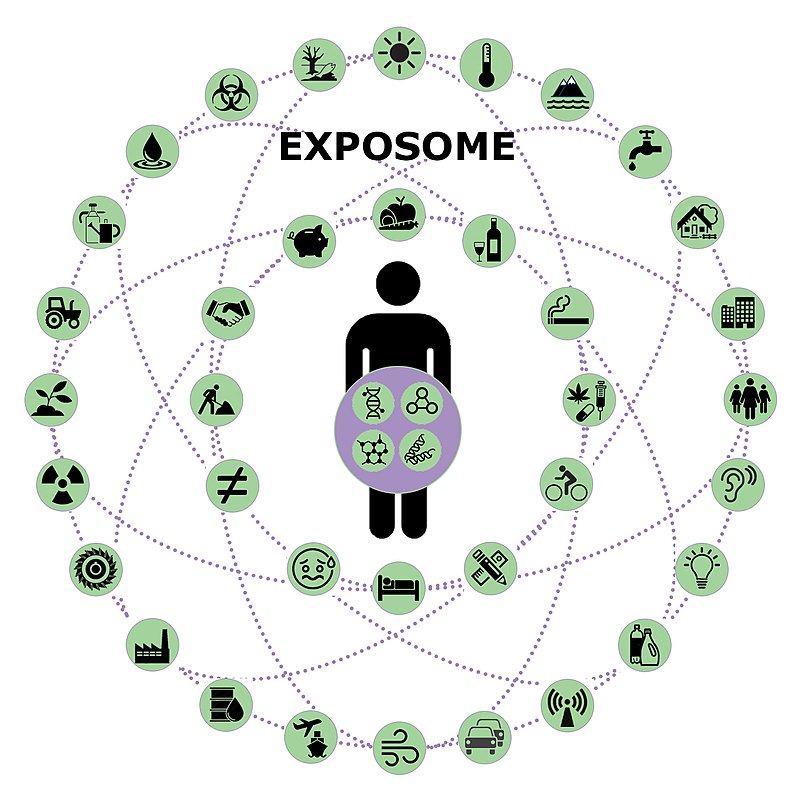Alterogens and multiple exposures
POLLUTION : Area 1
Alterogens and multiple exposures
Human, animal, plant, and microbial organisms are exposed to a variety of physical pollutants (noise, radio frequencies, particulates, etc.), chemical pollutants (metallic trace elements, radio elements, synthetic organic compounds including pesticides and plastic polymers, gaseous and particulate air pollutants, etc.), and biological pollutants (microorganisms, etc.), some of which may play a critical role in the environment or human health.
For this reason, research in this first area focuses on the characterization of the eco-exposome, an essential step in the assessment and management of environmental and health risks. This includes the development of state-of-the-art analytical technologies and innovative (bio)sensors to optimise the detection and (quantitative) measurement of contaminants in a variety of biological matrices and environmental compartments.


